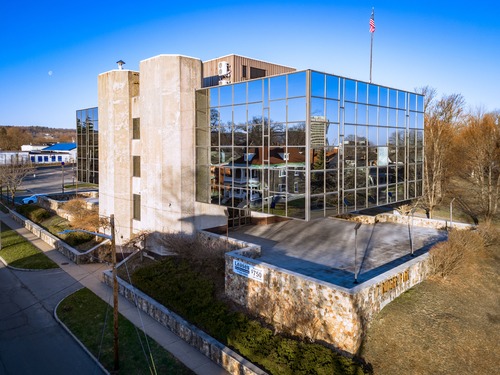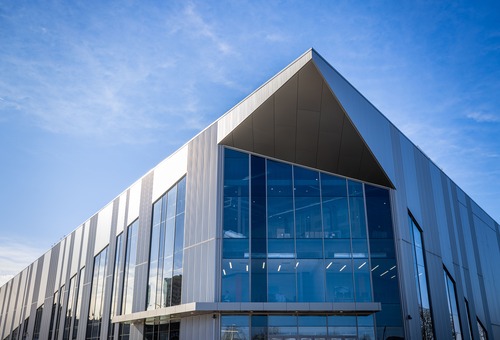The History of Utica, NY
The city of Utica, originally called Old Fort Schuyler, was incorporated first as a village in 1798, then as a city in 1832. Situated on a shallow spot of the Mohawk River, the site was of strategic and economic importance to the Native Americans, the British and the French, and later played an integral part in the Revolutionary war and the westward expansion. The original settlers were primarily New Englanders who migrated to Oneida County in the aftermath of the American Revolution.
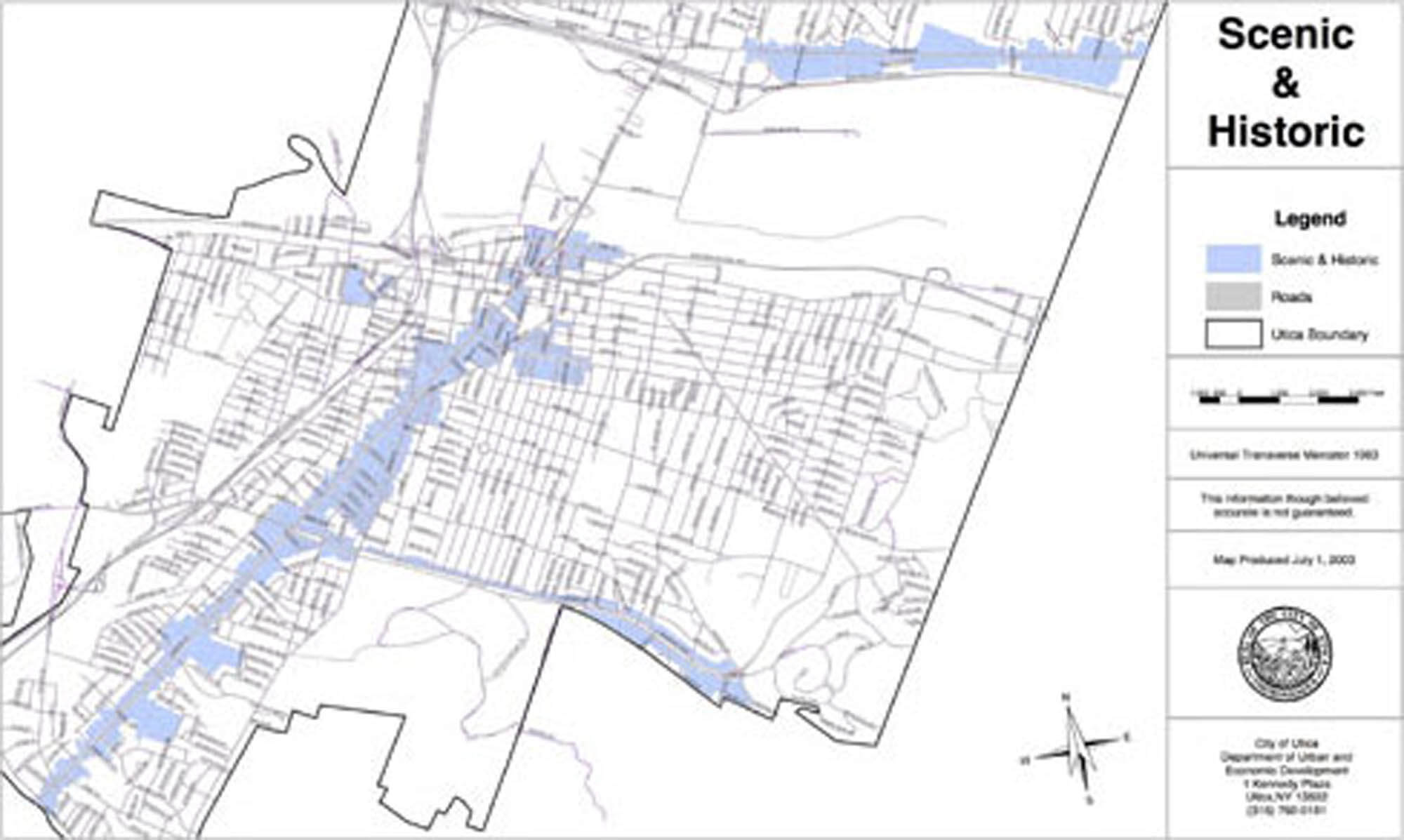
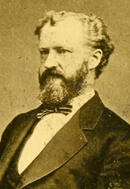
Notable Early Uticans
Roscoe Conkling (major political boss throughout the 1880s), Francis Kernan (US Senator), Elihu Root (Secretary of State and Nobel Prize winner) and James Schoolcraft Sherman (Vice President of the United Sates under William Howard Taft): these are just a few noted early Uticans They and their descendants were to become some of history’s most prominent Americans.
Early Immigrants
The infant settlement was home to waves of Irish immigrants who came to Utica to help construct the Erie Canal in 1817, and the growing village soon became a stopover of importance. Thousands more Irish and German immigrants, who were brought by the completed canal, transformed the ethnic and religious composition of Utica, and pushed the population from 3,000 in 1820 to 56,000 in 1900, making it the most rapidly growing city in New York State.
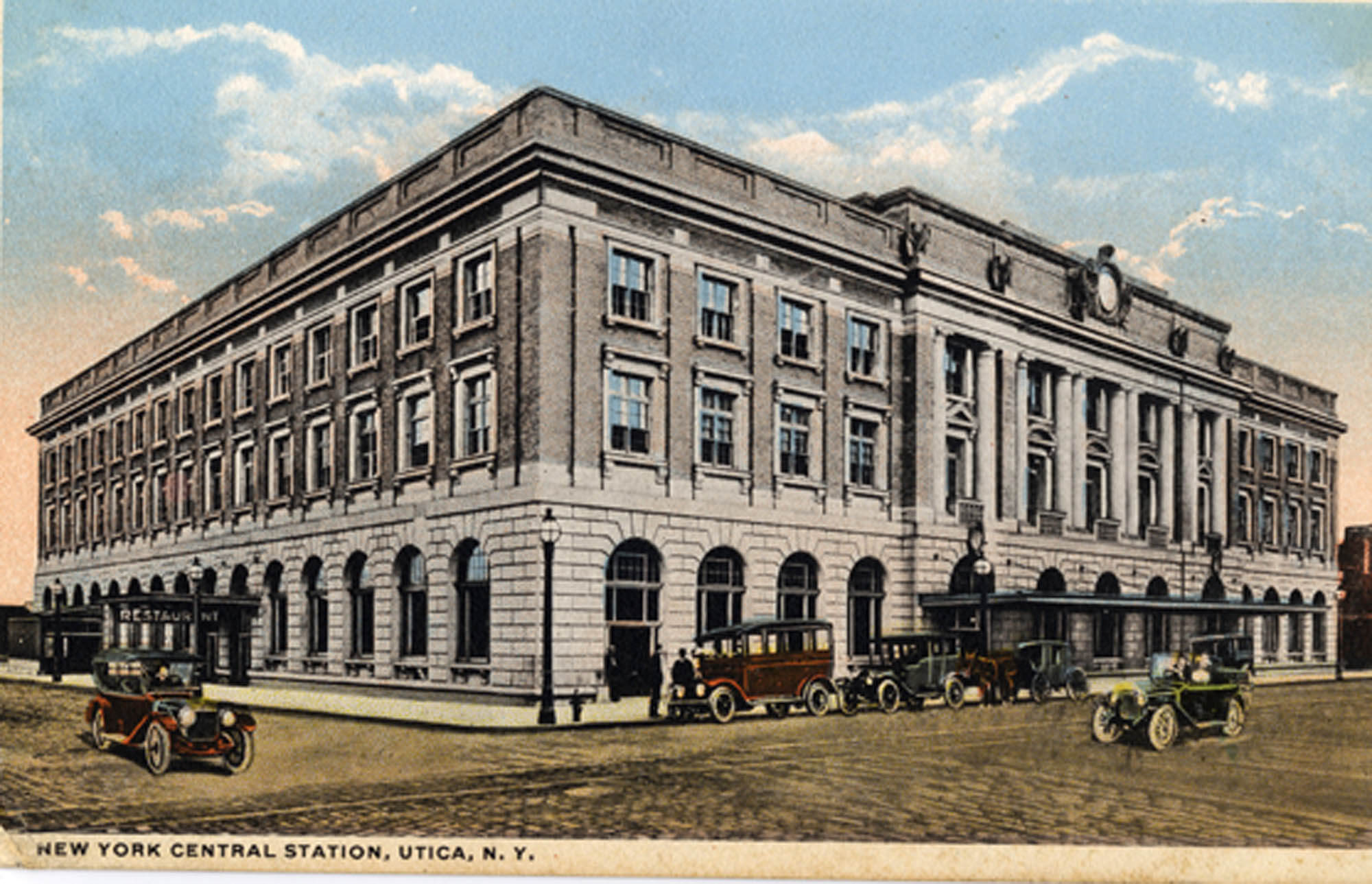
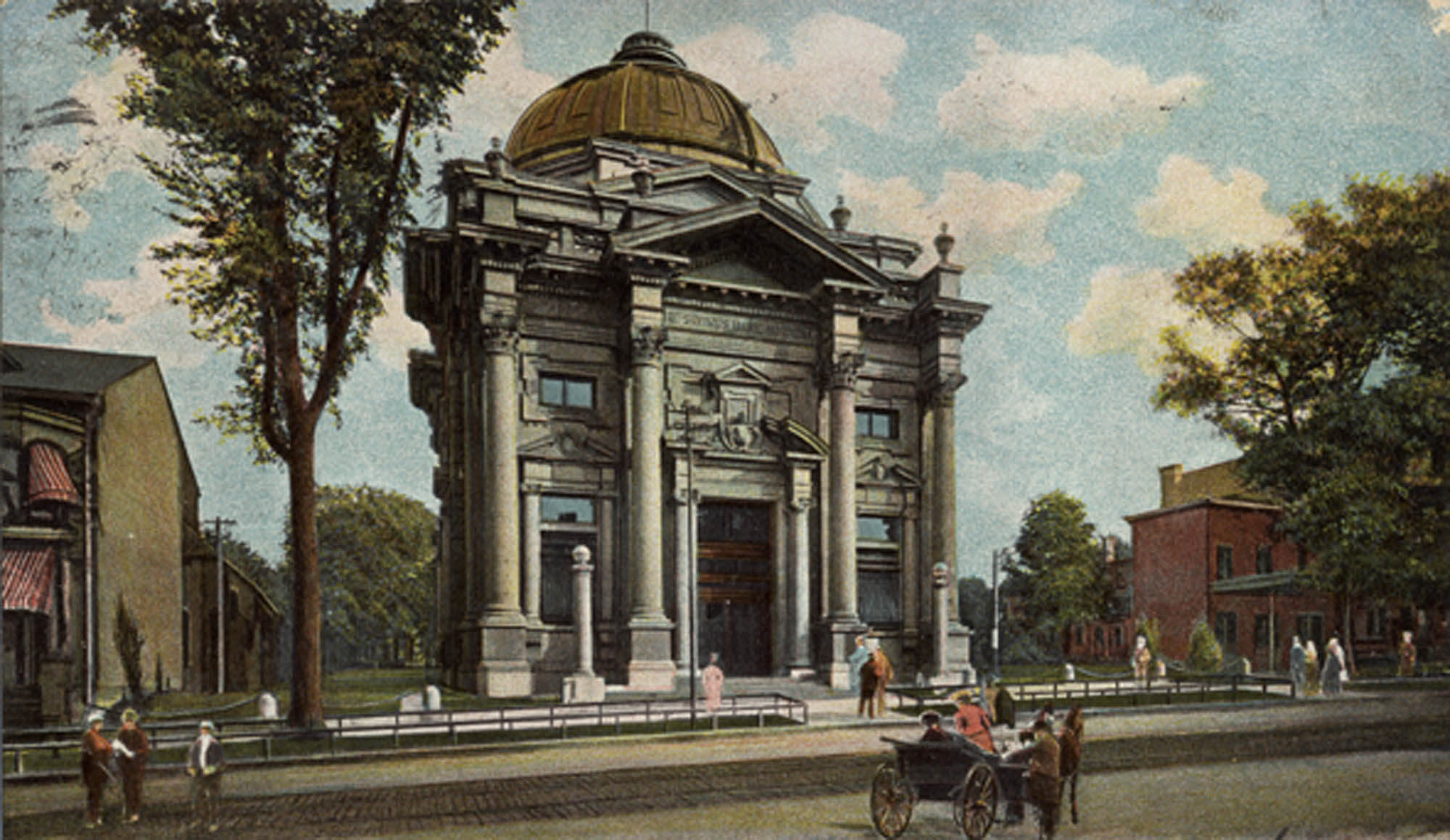
Industrialization
The community, which had earned its livelihood catering to the needs of westward bound settlers traveling slowly by canal boat, was threatened in the 1840s as many travelers began to bypass Utica aboard newly constructed railway lines at 35 miles per hour. Uticans transformed their city by becoming one of the greatest centers of textile production in the world. One of its distinctive contributions to the industry was the invention of the one-piece woolen underwear known as the “Union Suit.”, developed by Andrew Frey in Utica’s Oneida Knitting Mills.
The industrial development of the city coincided with the arrival of new immigrant groups, including a significant Italian population along with Poles, Greeks, Jews and others from southern and eastern Europe, Syrian-Lebanese, and a host of others, creating a local construction boom, which lasted from about 1880 until 1930. In the 1920s, the city continued to expand by annexing land from neighboring New Hartford.
Even as the city grew geographically and demographically, its economic base was being threatened by competition from textile mills in the South. After World War II, the local economy collapsed as mill after mill shut down. Utica’s businessmen and politicians engineered an economic resurgence termed “loom-to-boom”, and many of Utica’s abandoned textile mill buildings became home to high-tech employers like General Electric’s radio production plant.
Utica’s Renaissance
After a long period of decline following the loss of the manufacturing industry to offshore competition in the 1970s and 80s, Utica is again experiencing an economic and cultural revival. Fueled by an influx of refugees from around the world including Kenya, Bosnia, Vietnam, South America and other geographies, the population is growing again, new businesses are opening all around and outside the city and urban pioneers are rediscovering the rewards of Downtown living. If these settlers are anything like their forbearers, the renaissance is just beginning.
